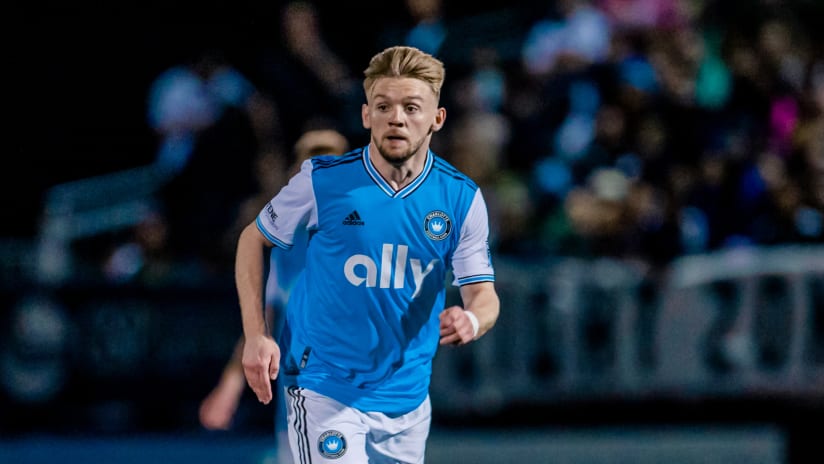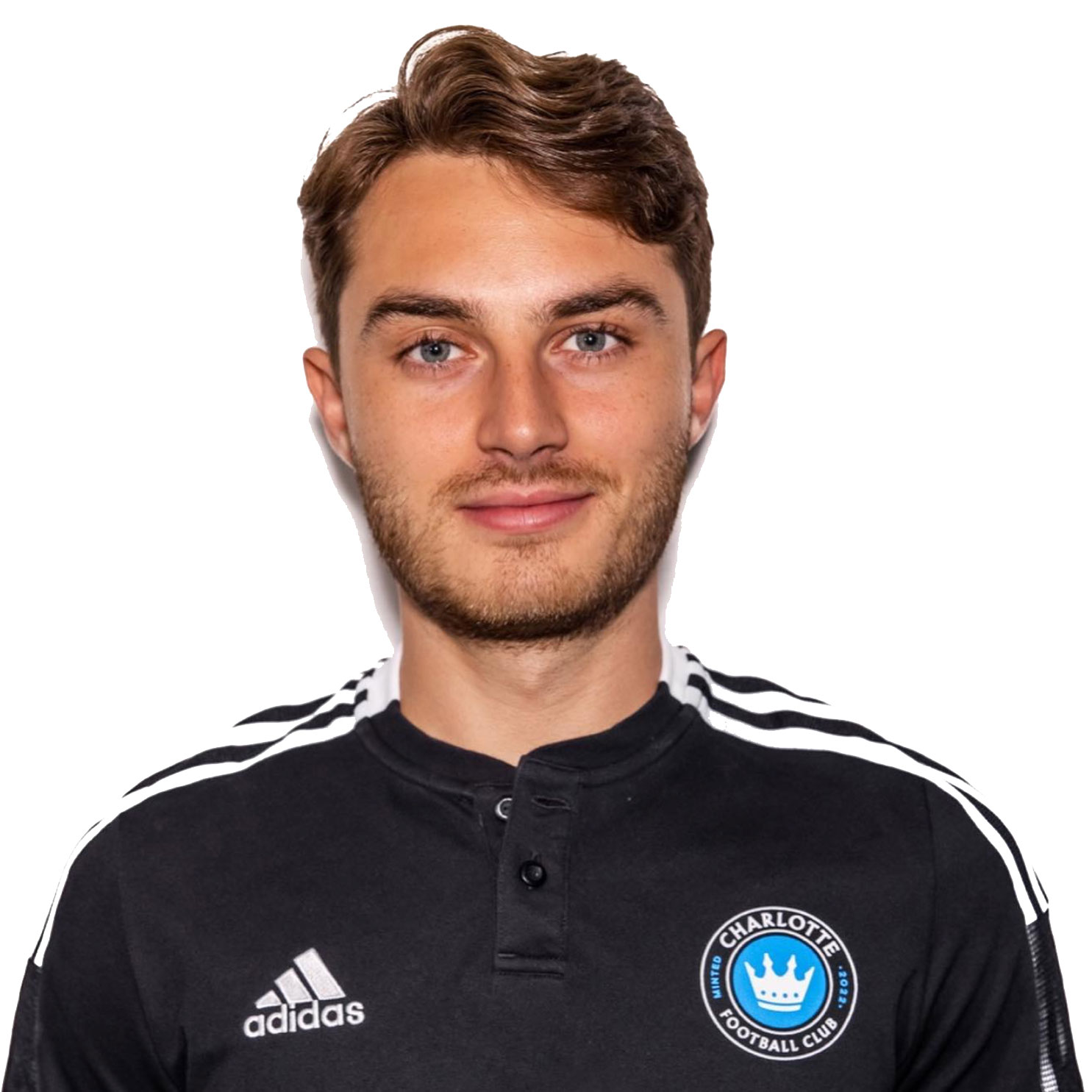If MAR does adjust to a 4-3-3 to include Jozwiak on the wing, who are the "winners" and "losers" with their playing time? Does Rios get dropped in favor or a more out-and-out wide player like Reyna or Gaines? Does Bender play farther up the pitch in an attacking position? We've played with four central midfielders several times, who drops to make way? -– Zach, Pineville, NC
This is a LOADED question but I will try my best to break down to attempt to give us a better lay of the land. The first thing we have to look at when trying to answer this question is what are the positions Jóźwiak can play?
Ramírez has highlighted Jóźwiak’s versatility stating that he can play on either side of the wings, second striker, and even wingback. Knowing that, theoretically the team could still continue to use their 442 diamond with Jóźwiak playing as that second striker alongside Karol Świderski.
However, a better indicator of how Ramírez might end up setting up his team was in the match against the Greenville Triumph. Shortly after Jóźwiak and the other substitutes came on, Ramírez switched the team’s shape into a 433 with Jóźwiak in his favored position of left wing. But we can’t take this at face value because it was outside of league play, quality of opponent, and a lot of the starters were not in the squad.
Important to note (and what you’ve probably already noticed) is that Ramírez is a tactically flexible coach that isn’t afraid to change his team’s shape according to the opponent. With all that said, if Ramírez does opt to play in a 433, the immediate “losers” will naturally come in the midfield and at striker.
You sacrifice one midfielder for an additional forward in a 433 but drop a striker; fewer midfield and striker spots leave less opportunity for playing time. Ríos immediately comes to mind as one of the biggest losers, despite being one of the most consistent players for the Club this season.
As for who specifically might be the biggest midfield losers in this switch, I personally think it will be down to whoever is in contention for that second, more attacking number eight in the setup.
Based on the nine matches the Club has played, it seems that Alan Franco and Brandt Bronico are locked starters for Ramírez. They have accumulated the most minutes of all the midfielders and it’s hard to imagine Ramírez dropping them right now. That leaves Ben Bender, Jordy Alcívar, Titi Ortiz, and Derrick Jones.
Jones can certainly play the box-to-box role, but Ramírez has stated that he sees him more as number six/holding midfielder. And even though Ramírez prefers Ortiz in the attacking midfield role, Titi does have a long history of playing winger which will give him more opportunities to play.
So Bender and Alcívar would seem to be the biggest losers in this switch. Both have played key roles for Ramírez this season, but it will come down to what skillset Ramírez needs for a specific match that will determine who gets the start.
In the end, it's impossible to predict but Ramírez has some tough decisions to make ahead of him– a good problem to have.
I’ve always wondered about this with international club teams, but was also curious how CLTFC handles the language barrier among coaches and players from around the world. Is there a squad of translators, do they use code words? I can imagine every team is different, but how does CLTFC tackle this hurdle? – Shelby, NC
Charlotte FC is fortunate to have a coach who can speak both English and Spanish. Being bilingual in these languages already covers the vast majority of the squad.
Ramírez even has a good grasp of Portuguese that he picked up during his time in Brazil which helps with communicating with Vinicius Mello.
Outside of Charlotte, if a team doesn’t have a coach that is multilingual, they will usually opt to use fellow teammates, staff, or hire a translator depending on the situation.
But something Ramírez said earlier in the season regarding this subject stuck with me. It was along the lines of, when players understand soccer well, it can be a language in itself. The mutual understanding of the game transcends language barriers.
Why do teams struggle on the road? Not just MLS but all forms of American sports? – Luke, Charlotte, NC
There are so many factors that go into play, the most obvious being the fans, but there are several others. I could give you a long-winded answer but instead, I'll give you an example that you could relate to and gets the point across.
Are you more comfortable in your own house, surrounded by your personal belongings, in a familiar environment, or as a guest in someone else's home you visit maybe max two times a year? I'm betting you feel more comfortable in your own home. Not an entirely like-for-like metaphor but I believe helps us understand it a little better.
Someone who knows full well what it is like to play away matches in a professional sport is Charlotte FC's very own color commentator and ex-pro soccer player, Lloyd Sam. Sam mentioned that one of the hardest things to do in MLS was to play away. Because unlike most leagues in Europe where it is relatively easy for away fans to travel, the sheer scale of the USA makes it difficult for your own fans to be at away games.
So home-field advantage isn't more real anywhere else than it is in Major League Soccer.
That wraps up the fourth edition of Mailbag, if I missed your question, it could be featured in the next edition, so there is still hope! Make sure to submit any questions you may have for next time here.















